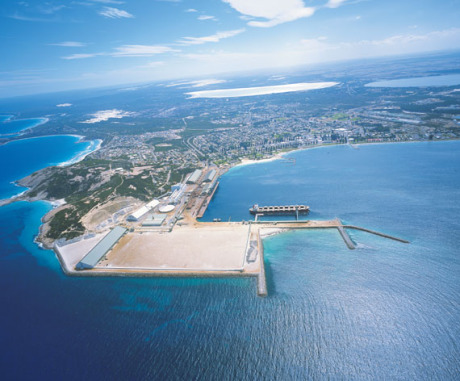Esperance, Hedland ports test private interest | Business News:
The private sector is playing an increasing role in port development across Western Australia, as rising demand outstrips the government’s capacity to deliver.
Planned port developments at Port Hedland and Esperance will provide the acid test for whether the private sector really has an appetite for investing in these assets. The Port Hedland Port Authority is in the early stages of developing a $340 million general cargo facility at Lumsden Point and, as part of that process, is evaluating private versus public sector procurement.
The Esperance port authority is more advanced in its planning for a common-user iron ore export facility that is tipped to cost about $200 million. Five private sector proponents have pre-qualified for the tender process, with three due to be selected for the ‘request for proposal’ stage.
If the private sector proceeds with these common-user projects, the state government will be sorely tempted to seek more private investment.
At Esperance, the private sector proponents will be required to design, finance, construct and operate the export facility, which is likely to nearly double the port’s capacity of 11.5 million tonnes a year.
One of the key steps in the process will be signing-up aspiring iron ore miners as anchor customers, in order to build a bankable business case.
The miners – companies like Mindax, Jupiter Mines and Cazaly Resources – don’t actually have operating mines, in part because they have not got anywhere to put their ore on to a ship.
The pre-qualified organisations are believed to include a consortium consisting of Brookfield Rail and port logistics company Qube.
A second organisation is understood to comprise rail operator Pacific National and engineering construction contractor McConnell Dowell.
Port chief executive Shayne Flanagan said evaluation of the pre-qualified entities was due to be completed by the end of this month, after which the shortlisted companies would have up to five months to finalise their tenders.
The preferred proponent would be selected before the end of the year.

